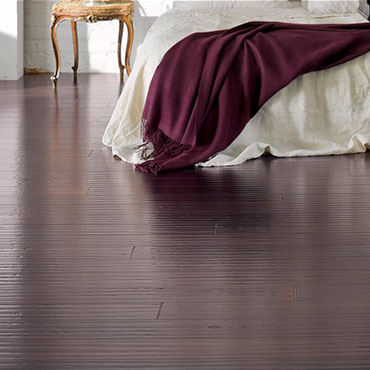Radiant Heat: Solid vs Engineered, Which is Better?

QUESTION REGARDING RADIANT HEAT:
We’re going to be putting in Teragren engineered flooring (the particular type is yet to be determined) over radiant heat. Is self-locking better than tongue and groove for stability, lack of squeakiness, water resistance, etc.?
RESPONSE:
There is a school of thought that believes an engineered multi-layered board can disperse the heat more evenly and helps guard against scorching of the material. I think it’s a reasonable assumption. However, I believe utilizing a cork underlayment will also have the same benefits. The risk is minimal for both solid or engineered.
A more important thing to understand is that your radiant heating system should have a built in fail safe. There are traditionally two types. One that shuts off at a specific temperature and one that has multiple sensors should one fail, the other assumes control.
Regardless of which floor you select; the temperature should never go higher than 85 degrees Fahrenheit at floor level. (note: floor level temperature and ambient temperature are not the same) Your ambient air temperature will be 10 degrees lesser on average.
Many associate squeaking with deflection or the ability of the planks to move more vertically than they should. It happens with nailed down flooring when the nails aren’t set well into the substrate. Over time, the nails loosen and the squeaking is the result. Floating floors can do this as well. In those cases, it is the lack of appropriate leveling of the substrate. It causes the same vertical movement, putting stress on the tongue and groove. Over time, it will loosen. However, it is more likely to make popping sounds vs. squeaks. To guard against this, ensure the substrate is level to within tolerance. A cushioned underlayment assists in slight variations in levelness. But, additional fillers may be necessary for anything outside the allowed tolerance. (tolerance can vary depending on product. Usually around a 1/8 within a 6ft. radius)
~Teragren Tech

.jpg)




























